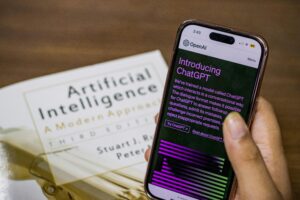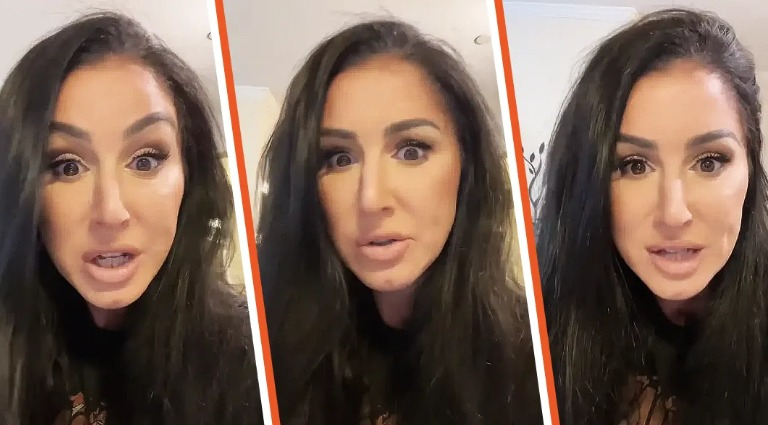ChatGPT has taken the spotlight as this year’s biggest buzzword, dominating social media discussions. It’s nearly impossible to scroll through any platform without stumbling upon a mention of this intriguing phenomenon. Surprisingly, amidst the widespread chatter, the meaning behind the acronym remains shrouded in mystery.
This AI chatbot, unveiled to the public in November 2022, has swiftly amassed an impressive user base, boasting a staggering 100 million monthly active users. Notably, it has ascended to the ranks of Google’s most searched terms within a short span.
A mere three months post its public debut, ChatGPT experienced a remarkable surge in traffic during February, as highlighted by BofA Global Research. Despite its burgeoning popularity, the enigma of ‘GPT’ persists, leaving non-AI enthusiasts scratching their heads. In essence, ChatGPT is a computer program leveraging AI to engage in text-based conversations with human users. Users toss requests at the chatbot, and in return, ChatGPT generates responses in the form of cohesive blocks of text.
In layman’s terms, the chatbot is inundated with a wealth of information from sources such as books, news articles, and web pages. This extensive data serves as the training ground, teaching ChatGPT how to construct sentences for its replies. Breaking news: the ‘GPT’ in its name elucidates as ‘Generative Pre-trained Transformer.’
Probing further, when asked to demystify the Generative Pre-trained Transformer components, ChatGPT clarified that ‘Generative’ implies its ability to craft new text resembling human language, as reported by IFL Science. ‘Pre-training’ refers to the assimilation of knowledge from internet and other text sources, allowing the model to predict the next word in a sentence.

Lastly, the ‘Transformer’ is classified as a ‘type of deep learning architecture.’ Elaborating on this, the chatbot articulated, “It utilizes self-attention mechanisms to process input sequences in parallel, allowing the model to consider the importance of different words in the input when generating output.”
Recently, one of ChatGPT’s creators sounded the alarm about AI, suggesting it poses a potential ‘existential risk’ to humanity and necessitates global regulation to avert a technological crisis. Sam Altman, CEO of OpenAI, expounded on these concerns in a May 2023 blog post, outlining the risks associated with Artificial Intelligence (AI) and its potential to usher in a ‘much better world’ for humans.
Altman predicted that within the next decade, AI systems could surpass expert skill levels in most domains, potentially rivaling the productivity of large companies with extensive workforces. Despite the monumental upsides, Altman acknowledged the decreasing cost of building AI, the growing number of entities involved in its development, and its inherent integration into our technological trajectory. He asserted that halting its progress might necessitate a global surveillance regime, with no guaranteed success even in that scenario.









